Protein is a part of just about every diet plan. When you follow diets like Paleo or Atkins, you are eating high amounts of protein and low amounts of carbs. Vegetarians understand that their protein sources are somewhat limited, and often fill up on beans to meet their protein needs. It is essential to get enough protein in your diet, because protein helps repair muscle, maintain energy levels, and keep hunger under control.
Many food manufacturers are trying to add protein to foods when they can and develop new products that contain protein. Currently, some of the hottest protein sources are plant-based, and include algae, quinoa, and pulses (beans, lentils, and peas), according to surveys conducted by the Institute of Food Technologies.
Kelly Pritchett, Ph.D., RDN, a dietician and spokesperson for the Academy of Nutrition and Dietetics, explains, "Plant protein sources are gaining popularity thanks to the health benefits of plant-based diets. They can lower cholesterol and decrease the risk of heart disease and diabetes."
According to the National Dietary Guideline Advisory Committee’s 2015 recommendations, it is advised that Americans consume less meat for health and environmental reasons. Pritchett explains that the plant based proteins can also provide higher fibre than meats, and they are also usually less expensive.
It is likely that you will start to see algae, quinoa, and pulses in more of your favourite foods (including cereals, breads, crackers, and other foods that usually contain little-to-no protein). Here is a short description of each, and this can help you get more of these plant based proteins into your diet.
1. Microalgae
Other names you might hear for this plant based protein are spirulina and chlorella. Microalgae is very high in many nutrients and vitamins, containing plenty of calcium, niacin, potassium, magnesium, B vitamins and iron. This plant based protein should not be used instead of vegetables, but actually added into your diet. Researchers are not entirely sure how easily the nutrients are absorbed, but agree that this should be included in your healthy diet. There are about 8 grams of protein in 2 tablespoons of microalgae. Right now it is easiest to find in supplements, powders, and certain green drinks. Use it in smoothies for a protein boost.
2. Quinoa
This delicious and protein packed gluten-free grain is appearing in many products. Because it is very low fat (about 3.4 grams of fat per serving, compared with 33 grams in one serving of ground beef), this cholesterol free version of protein. Quinoa also contains plenty of iron and fibre. You can get about 8 grams in one cup of cooked quinoa. Find it in the bulk aisle of your local supermarket, and look for grain products that list quinoa as an ingredient (breads, cereals, crackers, baked goods, or protein bars).
3. Pulses
Pulses are a category of food that includes beans, peas and lentils. Pritchett describes pulses as having more protein than either microalgae or quinoa. She states, “Pulses are also a great source of fibre, healthy carbohydrate, B vitamins, and iron.” This helps to explain why new research is showing positive health benefits of consuming pulses, like lower risk of heart disease, diabetes, and even certain cancers. You can get about 16-18 grams of protein per serving, depending on the type of pulse. Find them in the bulk aisle in dried forms, but also look for products containing them as ingredients.
Try adding these great plant-based proteins to your diet, and boost your protein while also increasing fibre and other nutrients—without the cholesterol and fat you find in meat based protein sources.
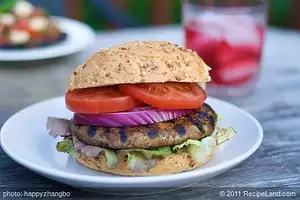

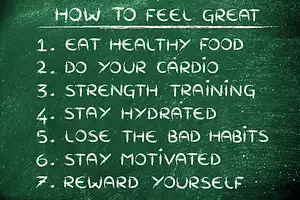
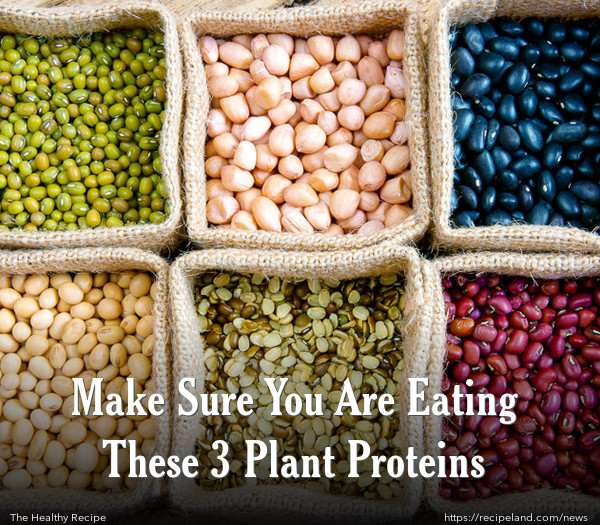

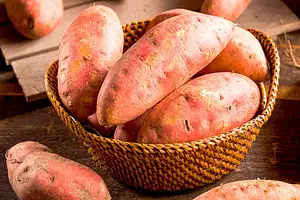
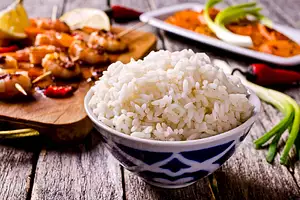
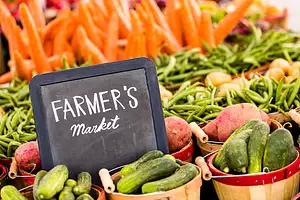
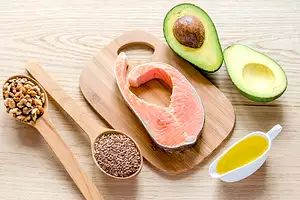

Comments